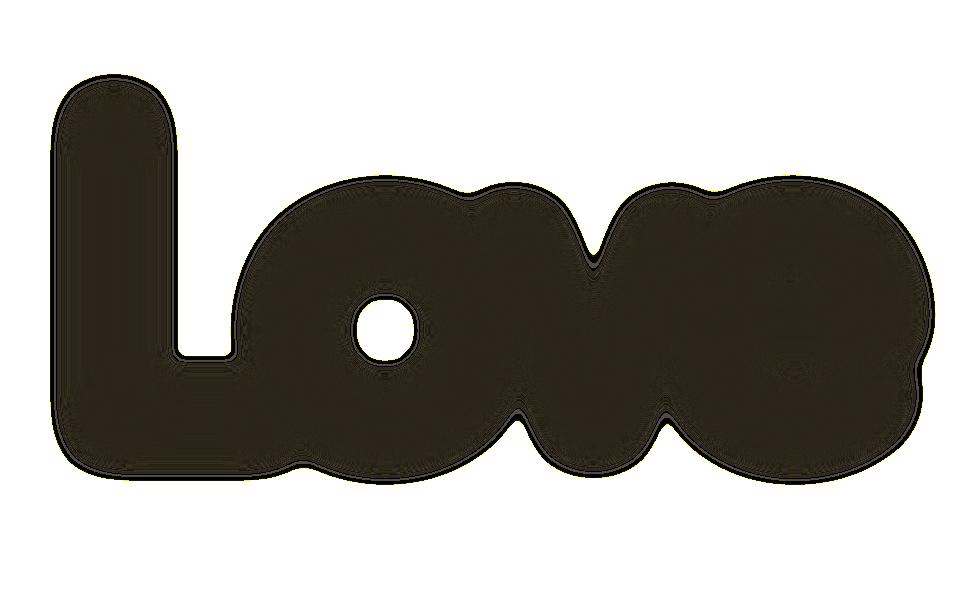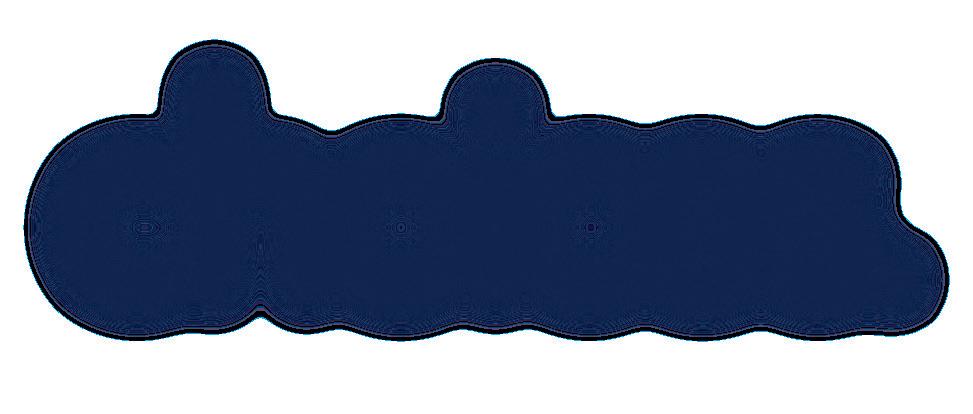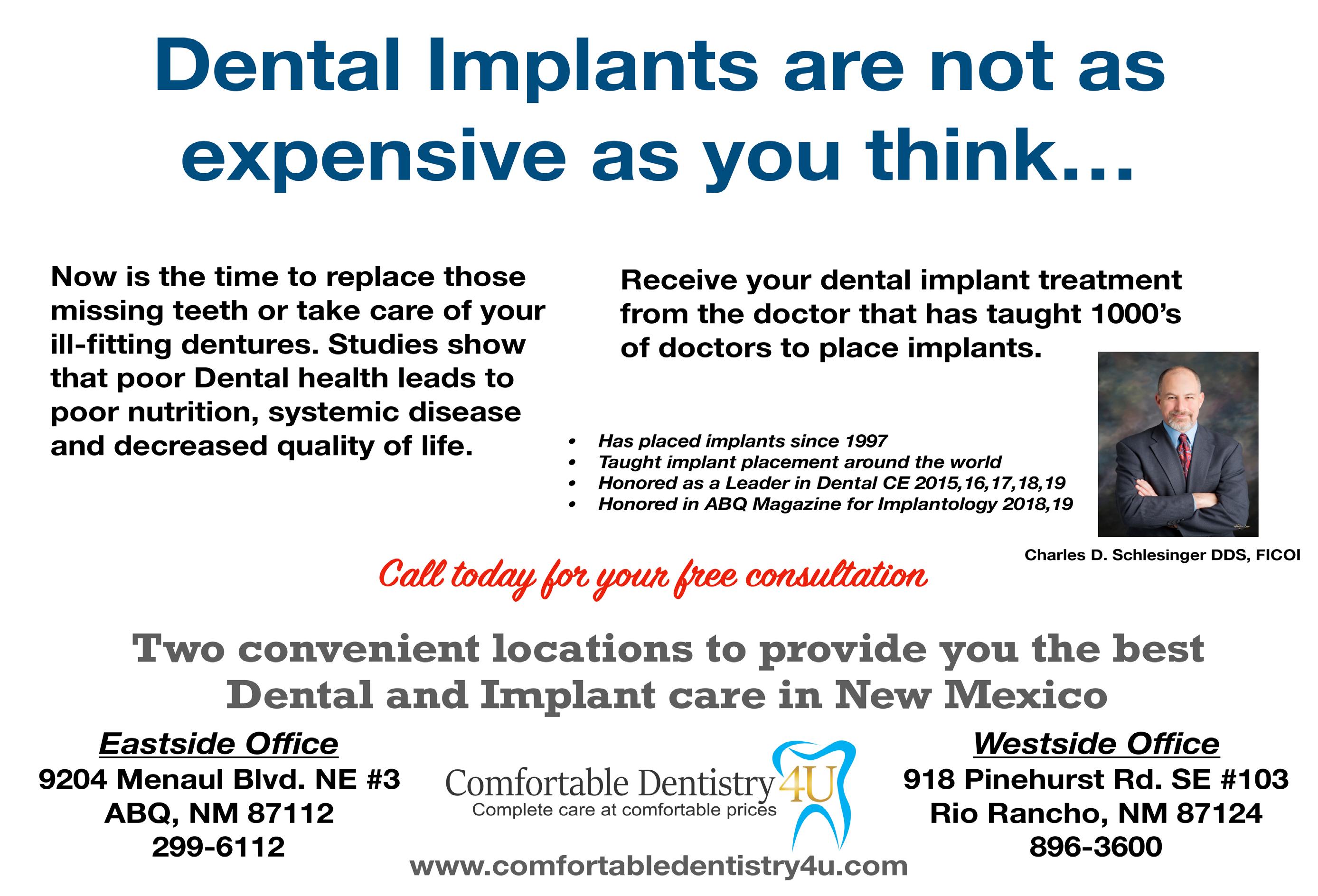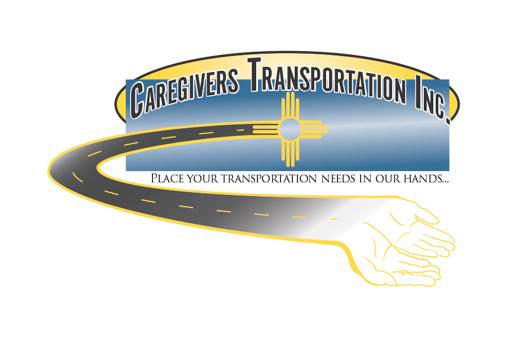
8 minute read
The 58-Year Struggle For The Absentee Ballot
PRIME TIME
The 58-Year Struggle For The Absentee Ballot
Advertisement
By Shannon Wagers
With the novel coronavirus still hovering around like a malevolent ghost, voters across the country are being urged to avoid crowded polling places and to cast their ballots by mail in next month’s election. In New Mexico, unlike some other states, that’s relatively easy to do. (Contact your county clerk for details.) But that was not always the case. It wasn’t until 1968 that New Mexico allowed absentee voting—the last state in the nation to do so—and it took a ruling by the state Supreme Court to make it happen.
To understand why, we need to go back to 1910, when our state’s present constitution was written. A unique feature of that document, as you probably learned in civics class if you went to high school in New Mexico, are the so-called “unamendable” sections that guarantee the rights of Hispanic citizens with respect to voting, education, and religious freedom. Any proposed change to those sections must be submitted to the voters for approval, and as originally written, the constitution mandated that the measure pass by a three-fourths majority statewide, and a two-thirds majority in every county—a hurdle virtually impossible to overcome in practice. Moreover, the section requiring those extraordinary majorities (Article XIX) could only be altered by a complete re-writing of the document by a constitutional convention. While the intent was laudable, incorporating such inflexibility into the framework of government was bound to have unforeseen negative consequences.
Unfortunately, the 1910 constitution made no provision for absentee voting, and authorizing it would require language to be inserted into the section dealing with voting rights—one of the “unamendables.” From 1919 through 1964, 11 attempts were made to pass such an amendment and, despite widespread support, each one failed. Ironically, a provision designed to safeguard voting rights had effectively disenfranchised anyone, including members of the armed forces serving overseas, who for whatever reason was unable to go to the polls on Election Day and vote in person.
By 1967, New Mexico was the only state in the union that did not permit absentee balloting. The question was once again put before the voters in a special election held in November of that year. Opponents argued that absentee voting would lead to fraud, delay the reporting of election results, and cost too much money. (Sound familiar?) But it had the support of both major political parties, the League of Women Voters, the Municipal League, veteran organizations, and other “good government” advocates. Eighty-one percent of voters statewide approved the amendment, but it failed to attain the needed two-thirds majority in 12 counties, and the State Canvassing Board declared that the measure had been defeated.
Not so fast, said state Attorney General Boston Witt. Witt filed suit in the New Mexico Supreme Court arguing that the two-thirdsin-each-county requirement violated the equal protection clause of the 14th Amendment of the U.S. Constitution—the so-called One Person, One Vote rule—by giving a small number of voters in lesspopulous rural counties the power to thwart the will of an overwhelming majority of the state’s electorate. The court agreed, pointing out in its ruling that the requirement, in effect, gave a single vote in Harding County (where only 135 votes were cast) the same weight as 100 votes in Bernalillo County. On February 5, 1968, the court ordered the canvassing board to reverse its earlier decision and certify passage of the amendment.
In the years since, absentee voting has been made steadily more convenient in New Mexico. It is no longer necessary to state a reason for casting an absentee ballot; any voter may request one for any reason. Ballot return envelopes no longer require postage, or they can be handdelivered to any polling location or drop-box. And we have the “inperson absentee” option, also known as Early Voting.
So, there’s no excuse for not voting. Whether you choose to vote by mail or in person, at an Early Voting site or on Election Day, please vote.
lovelace.com


Seniors with Medicare choose Lovelace.
Whether you’re already enrolled in Medicare, or you’re turning 65 and about to sign up for the first time, make sure your plan includes the physicians and facilities of Lovelace. With more doctors, more convenient clinic locations, outpatient rehab services and free screenings. Call our Lovelace Care Concierge today to find out more about Lovelace or to help you find a Lovelace doctor or facility near you.


8 October 2020
COVID-19 And Its Connection With Your Oral Health
By Charles D. Schlesinger DDS, FICOI
The impact of the novel coronavirus on our lives is like nothing most of us have ever experienced. Aside from the shutdown of businesses, travel restrictions and the public mandates to wear a mask, this little virus is impacting our oral health in addition to being deadly to those that are in risk categories for the disease.
I am not going to go into details about the virus and its actions since we have been inundated for months about this by every news outlet in the world. One thing that research is showing though is that there is a direct correlation between the severity of COVID-19 infections and periodontal health. Emerging research has suggested there’s a connection between gum disease and SARSCoV-2, according to a new report, “The Mouth COVID Connection (MCC).” The review study, which has been accepted for publication for the October 2020 issue of the Journal of the California Dental Association (JCDA), suggests that hospitalized coronavirus patients with prior underlying gum disease can be at higher risk for respiratory failure.
This alone should be a wake-up call for patients- DO NOT FOREGO DENTAL TREATMENT AT THIS TIME. Keeping your oral health at its highest level could save your life.
I do want to take this time to let you know about some of the issues that our Dental office and many of my colleagues are seeing as a result of how we are protecting ourselves daily from transmission.
Many of you may have noticed that you are experiencing “bad breath” or cracking at the corners of your mouth (angular chelitis), or worsening dry mouth lately. These conditions are directly related to the constant wearing of masks in public. This was first seen in the medical community by healthcare givers who were required to wear masks for 8hrs/day. Now that the general public is doing the same, it is being seen there too.
The increased humidity and the tendency to breath through ones mouth vs their nose is allowing the oral cavity to dry out. Our bodies are a marvel of equilibrium, but when the scales tip one way or the other, bad outcomes can occur. In this case, the drying out of the oral environment decreases the natural defenses afforded to us by our saliva and opportunistic bacteria and fungi can proliferate. Oral candidiasis is a white, pasty film on the tongue or oral mucosa caused by a fungal infection. This can be treated with oral medications.
The decreased salivary flow also contributes to an increased caries rate similar to that experienced by patients who have medical conditions or medications that cause dry mouth.
The good news is that these issues can be prevented and also treated by your Dentist. At home care is the key to prevention. Make sure you are brushing and flossing twice a day. It is also prudent to add tongue scraping or tongue brushing to your daily ritual. Also, refrain from using mouthwashes which contain alcohol, as these can further dry out the oral cavity. These actions will decrease the amount of bacteria or fungus that can grow in your mouth. If you have cracking at the corners of your mouth (where the upper and lower lips meet), contact your Dentist so he or she can prescribe an antifungal cream to treat it.
Finally, one of the other dental issues we are seeing is a rapid increase in the number of patients

with cracked teeth. A cracked tooth can have symptoms that range from mild hot/cold or biting sensitivity, all the way to excruciating discomfort. The theory of why we are seeing a rise in this type of pathology is directly related to the massive increase in stress this pandemic has caused on all our personal and professional lives. Our normal reaction to stress is to clench or grind our teeth at night, or even during the day.
The average human can produce anywhere between 250 and 450psi of force in normal chewing. In situations where clenching occurs that number can be much higher. This can result in the fracturing of teeth or restorations.
At this point all we can do to try and prevent this is to find ways to simplify and de-stress our lives. Look at the good we have and embrace it. A professionally made nightguard may also be used to prevent further damage from occurring. But, if the damage has already been done and you have symptoms, it is imperative that a Dental professional evaluate the situation and treat it accordingly.
Hopefully, this has shed some light on some of the indirect issues we all face these days when going through life during a pandemic. Be safe!




